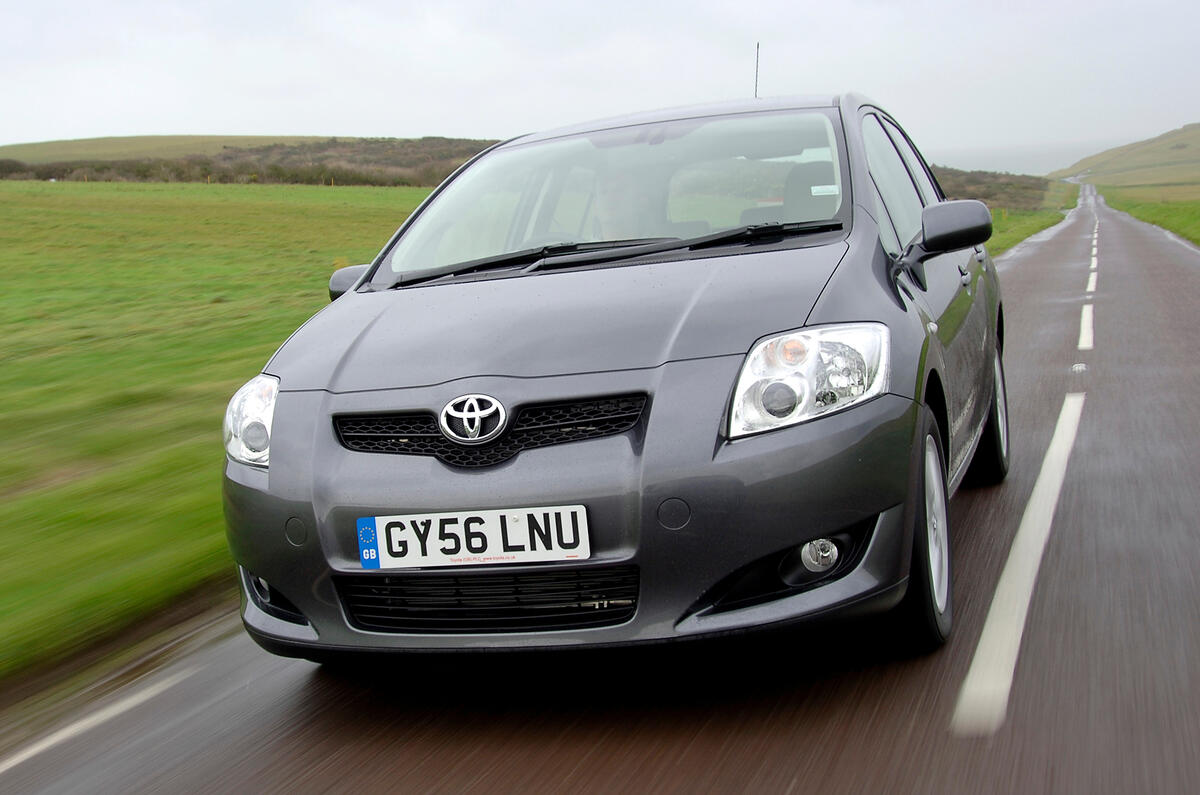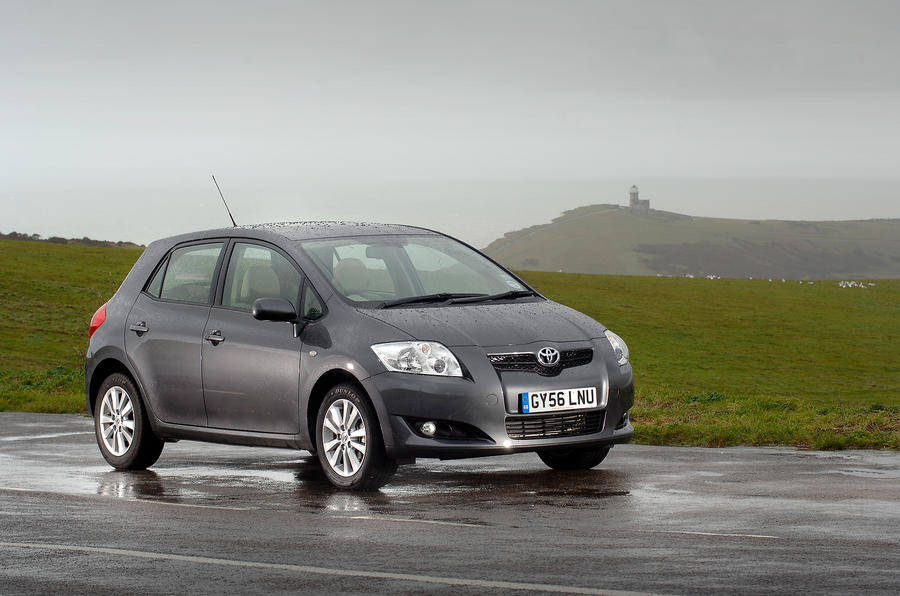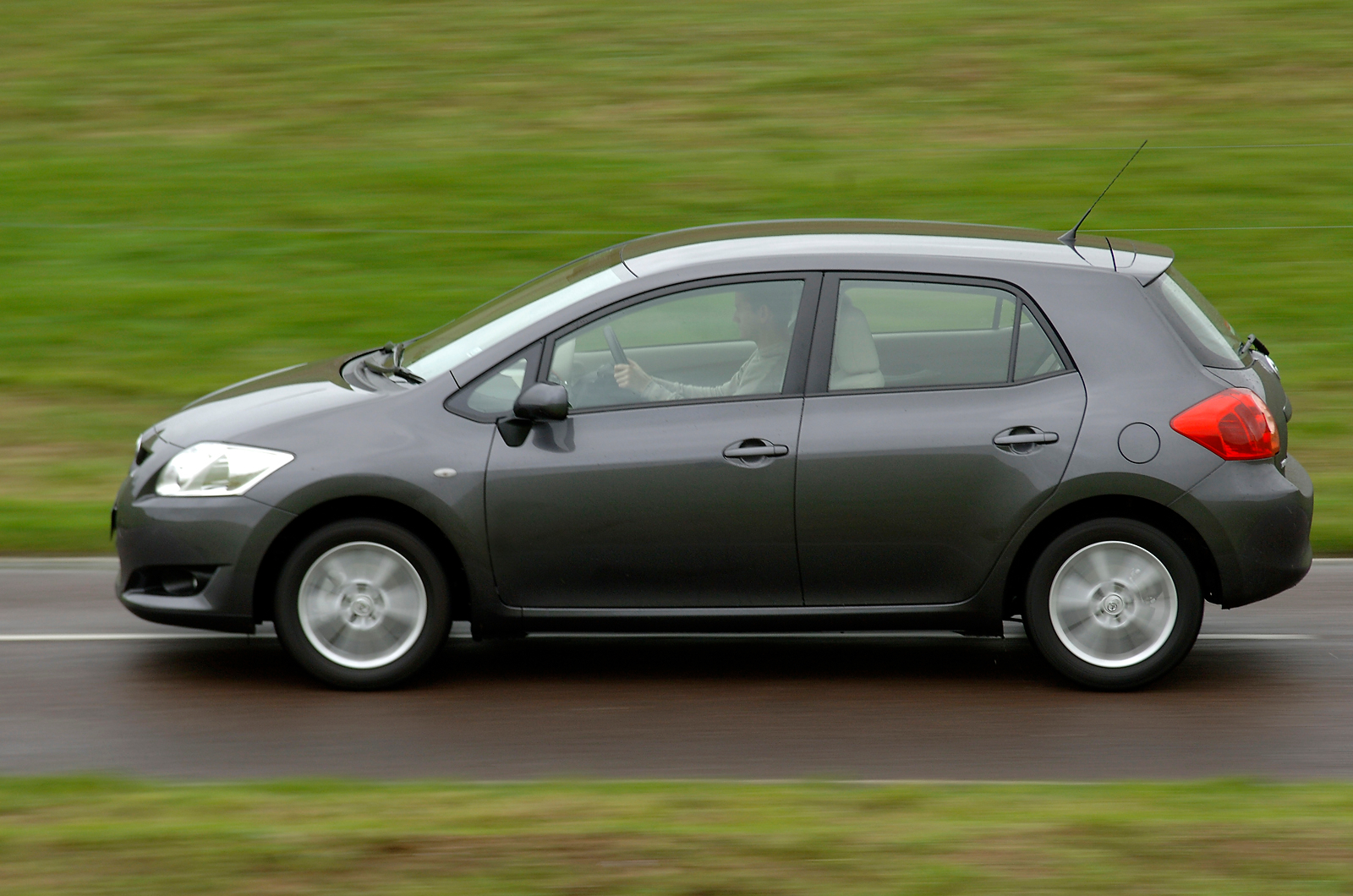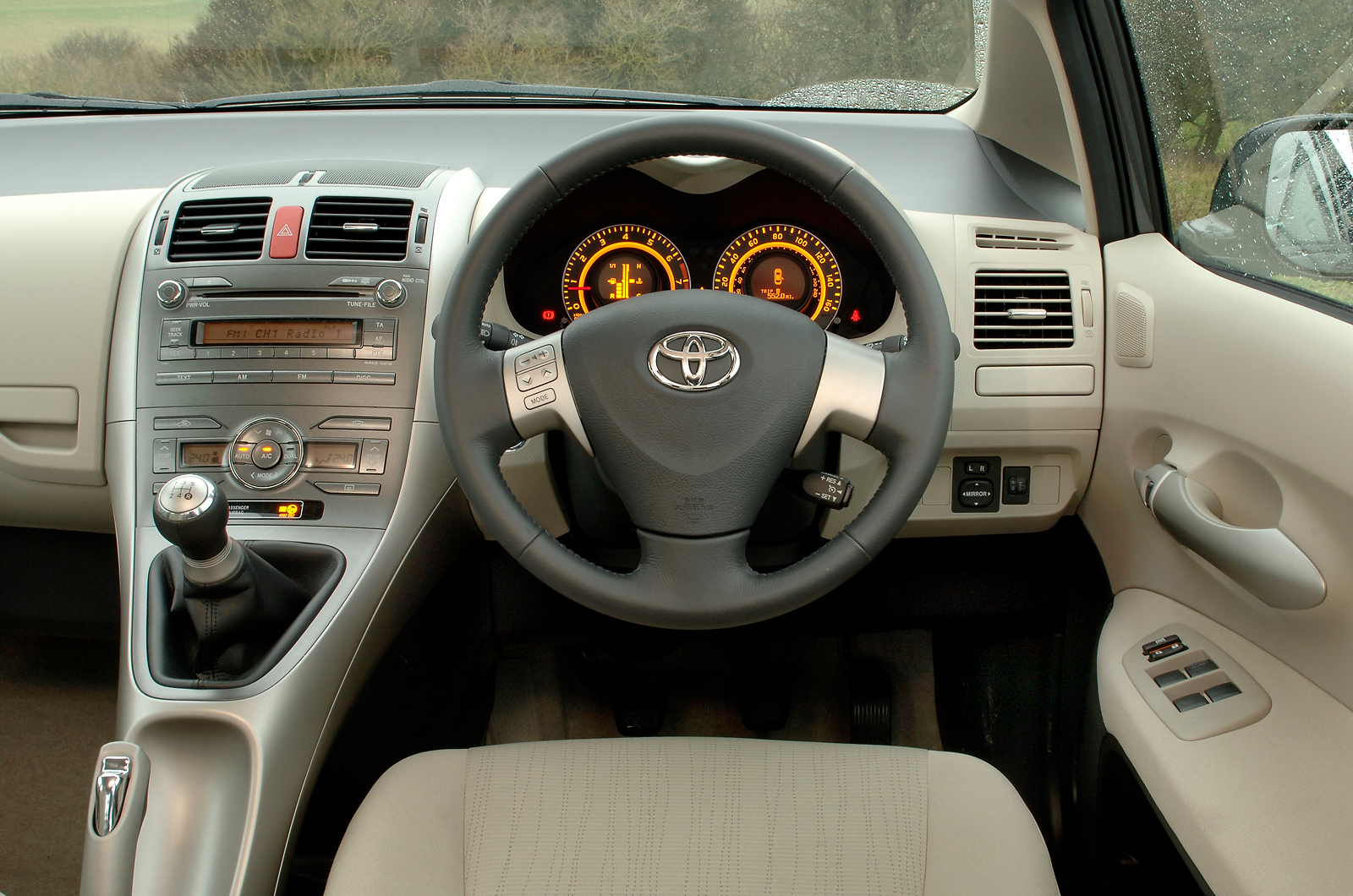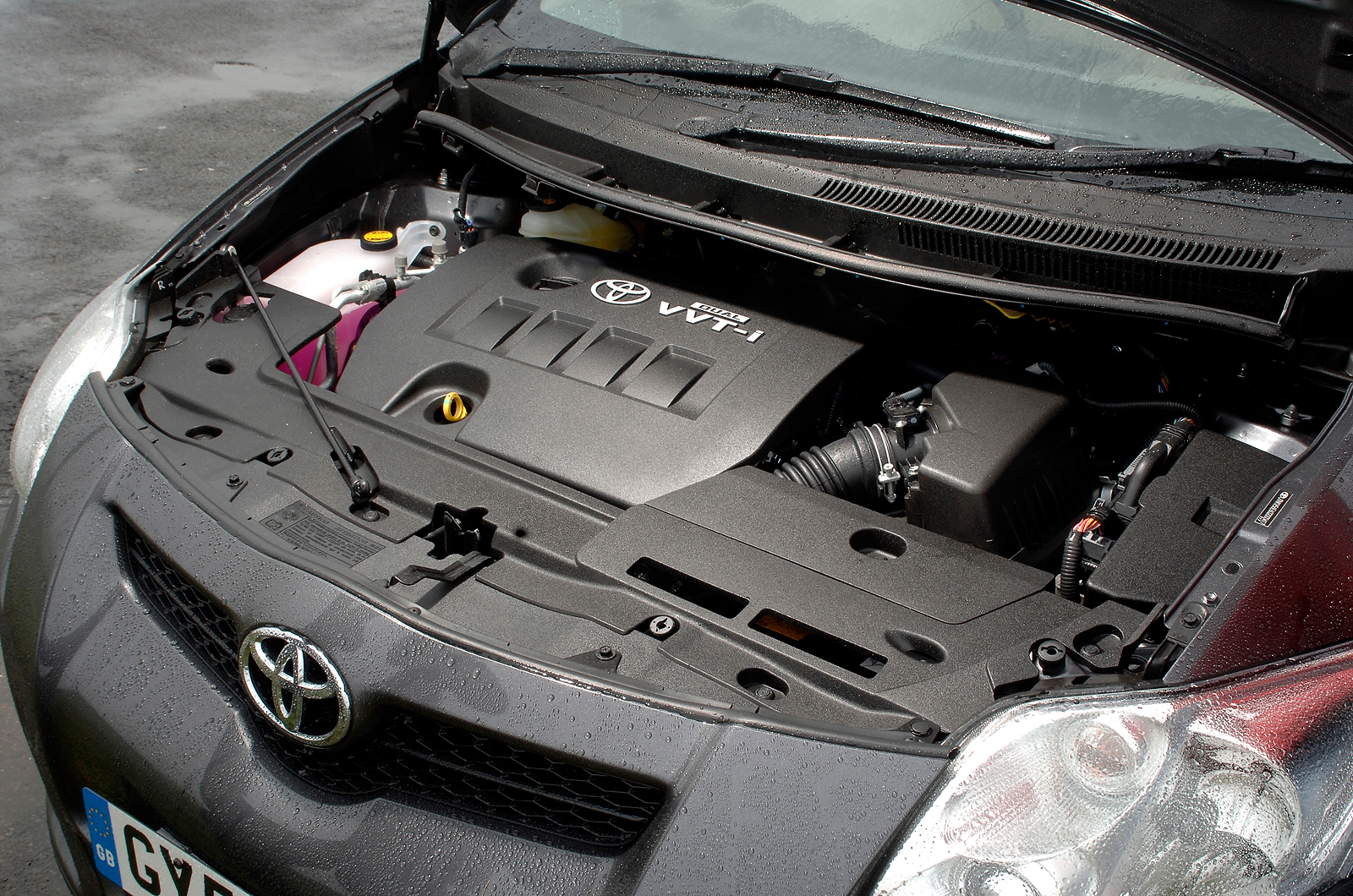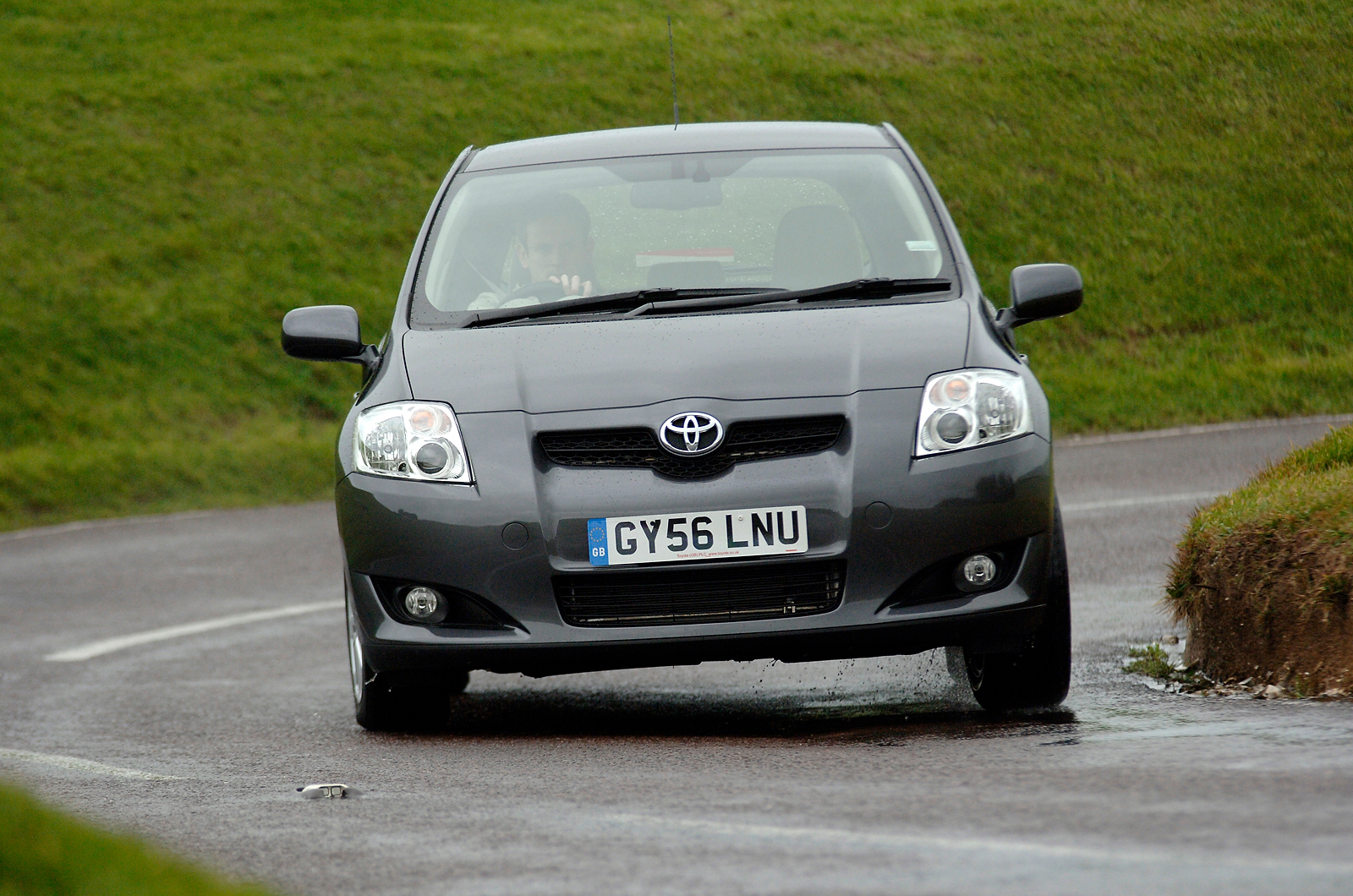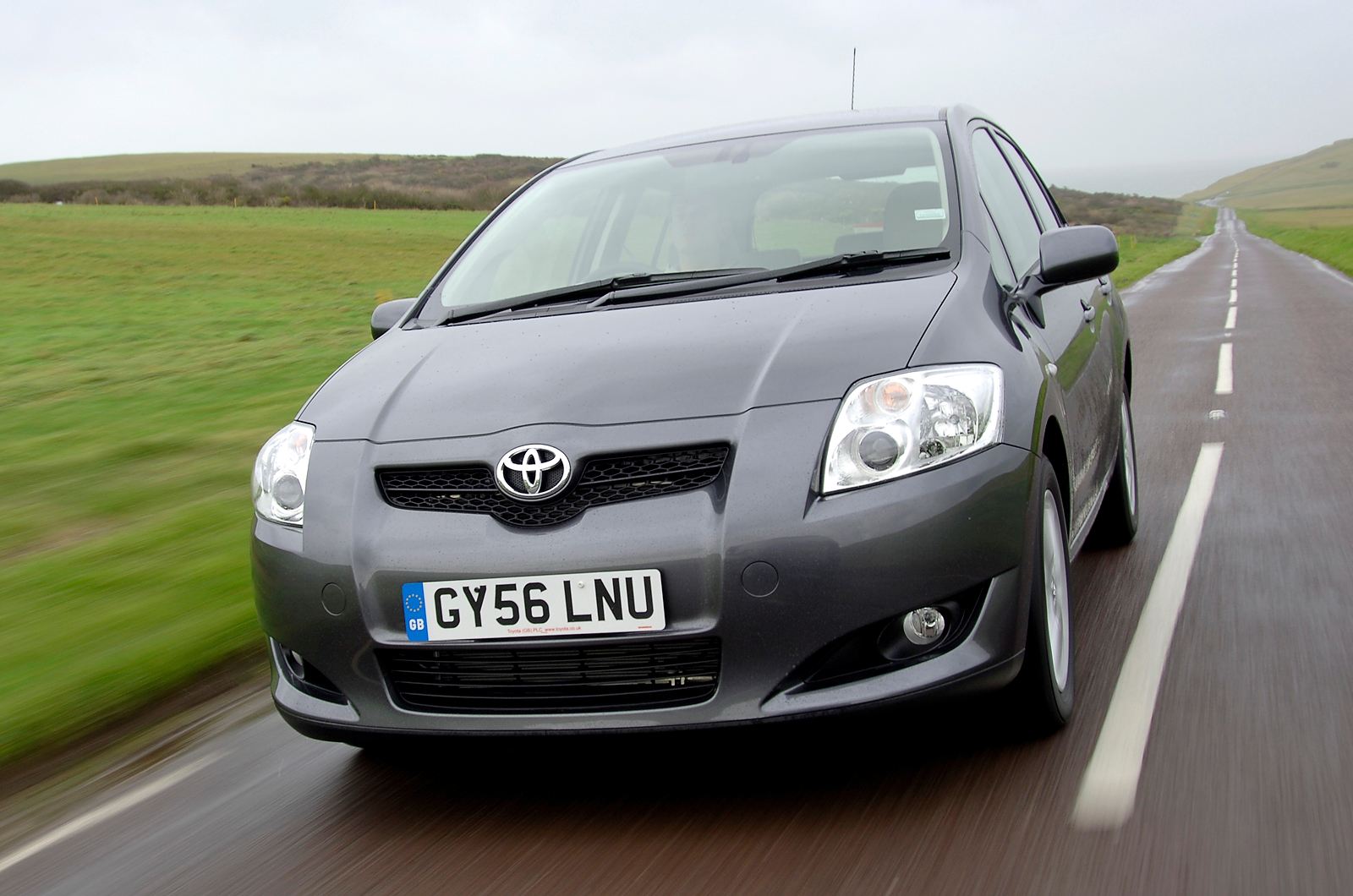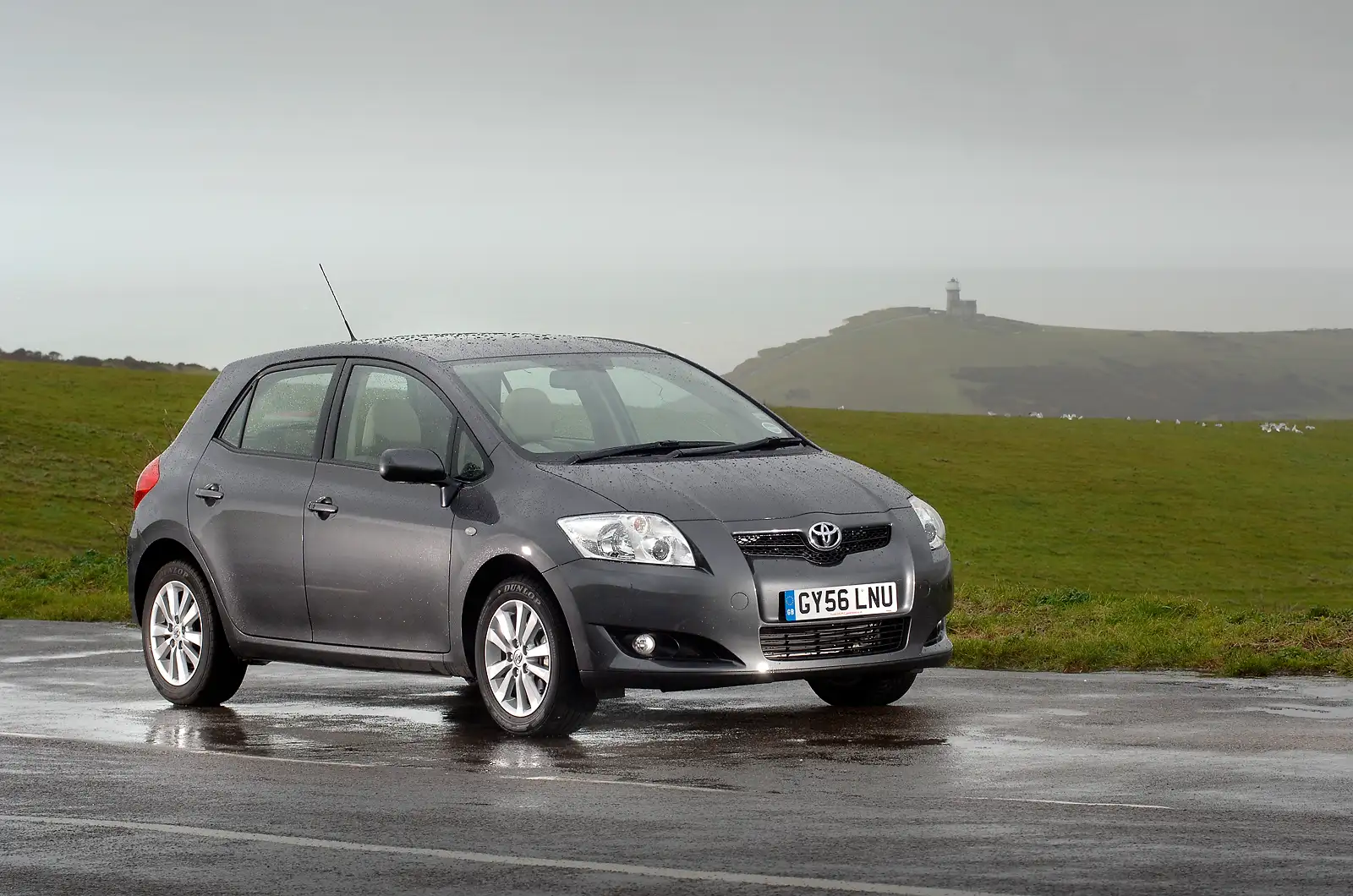In some ways, Toyota is the greatest paradox of the motoring world. Its industrial success is well documented, its ascension to the mantle of world’s largest car manufacturer nigh on inevitable, and yet it doesn’t make many interesting cars. Will the new Toyota Auris change that?
In the past, Toyota’s success was based solely on being the best at making cars, at instigating just-in-time procedures whose ramifications have been felt throughout the wider industrial world. But not making the best cars.
Think of the last time a Toyota qualified as the unequivocal leader in any specific category. Unless you run a Land Cruiser Amazon in darkest Africa, we suggest this might prove a difficult task.
So here's the Auris. Pronounce it as you will (the name is derived from the Latin for gold, Aurum, and is therefore supposed to be ow-ris). It is resolutely not, Toyota says, a Corolla despite being the same size and looking remarkably similar. Whatever baggage the old nameplate might carry, it's a bold move to replace the world's best-selling car.
This is Toyota’s latest attempt to prove to the world that it can produce machines that engage the emotions as effectively as they already appeal to thrifty wallets.
The version tested here is the 1.6 VVT-i 5dr; since the Auris' 2006 introduction that engine's power has risen from 122bhp to 130, while other available engines include a 99bhp 1.3 and an 89bhp, 1.4-litre turbodiesel. The 2.2-litre turbodiesel has now left the range, but a 1.8-litre hybrid, using the Prius's powertrain, joined it in 2010.


